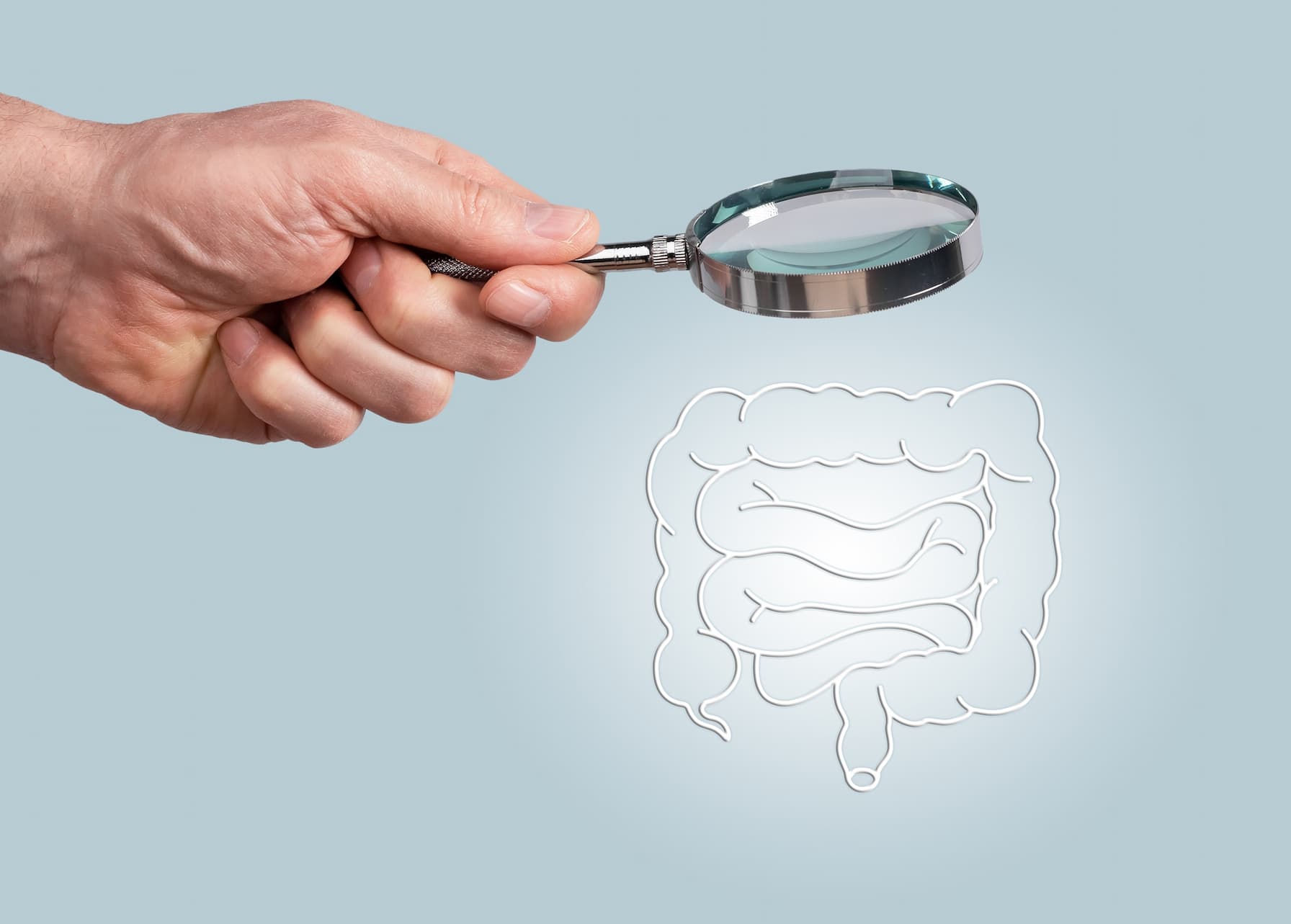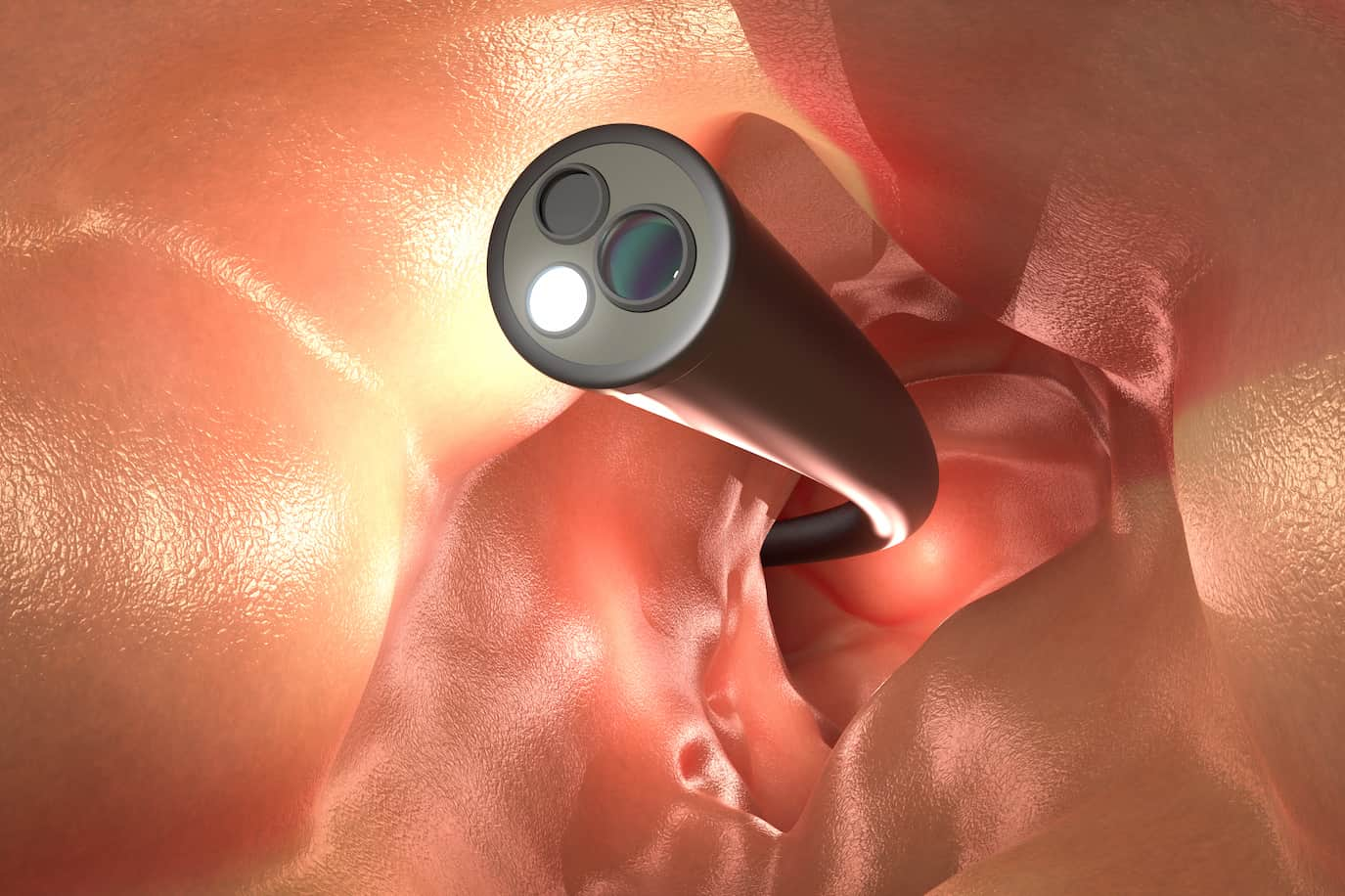
Colonoscopy Steps and Benefits
Colonoscopy is a widely used medical procedure that helps doctors diagnose and treat various conditions of the colon. It is a minimally invasive procedure that involves the use of a long, flexible tube called a colonoscope, which is inserted into the rectum and guided through the colon. The colonoscope has a camera attached to its tip, which transmits images to a monitor, allowing the doctor to examine the inside of the colon and identify any abnormalities. The benefits of a colonoscopy include its effectiveness in detecting and preventing colorectal cancer, as well as its ability to identify and treat other colon-related issues.
One of the main reasons benefits of a colonoscopy is performed is to screen for colon cancer, which is the third most common cancer in both men and women. Colon cancer often develops from small, benign growths called polyps, which can be detected and removed during a colonoscopy before they become cancerous. The American Cancer Society recommends that people at average risk for colon cancer begin screening at age 45, although some people may need to start earlier based on their medical history or family history of colon cancer.
Colonoscopy Benefits
A colonoscopy is a diagnostic and therapeutic procedure that allows doctors to examine the inside of the colon and rectum for abnormalities or signs of disease. It involves the use of a flexible, lighted tube with an endoscope inspection camera and other tools, which is inserted through the rectum and into the colon. While many people may feel anxious or uncomfortable about undergoing a colonoscopy, it is an essential screening tool that can provide numerous benefits for both diagnosis and treatment. In this article, we will explore the benefits of a colonoscopy and why it is so important for maintaining good health. Additionally, we’ll touch upon bowel issues after colonoscopy that individuals may experience and how to manage them effectively.
One of the most significant benefits of a colonoscopy is its ability to detect colon cancer in its earliest stages when it is most treatable. According to the American Cancer Society, colonoscopy is the most effective screening method for colon cancer, as it can detect pre-cancerous polyps and remove them before they develop into cancerous tumors. The procedure involves the use of a flexible, lighted tube with an endoscope inspection camera and other tools, allowing for a comprehensive examination of the colon and timely intervention to prevent cancer progression.
Treatment of precancerous polyps: Polyps are abnormal growths that can develop in the colon and rectum. While most polyps are benign, some can become cancerous over time. During a colonoscopy, any polyps detected can be removed, preventing them from becoming cancerous. The procedure involves the use of a flexible, lighted tube with an endoscope inspection camera and other tools, allowing for a comprehensive examination of the colon and the timely intervention to remove precancerous polyps.
Diagnosis of other gastrointestinal conditions: In addition to colon cancer, colonoscopy can help diagnose a variety of other gastrointestinal conditions, such as inflammatory bowel disease (IBD), ulcerative colitis, and Crohn’s disease. These conditions can cause a range of symptoms, such as abdominal pain, diarrhea, and rectal bleeding, and can be difficult to diagnose without a direct visualization of the colon and rectum. If you are wondering about the day after colonoscopy, how will I feel, it’s important to note that individual experiences may vary, but the procedure itself is crucial for diagnosing and addressing various gastrointestinal issues.
Evaluation of unexplained symptoms: Colonoscopy can also be used to evaluate unexplained symptoms, such as chronic diarrhea or abdominal pain. By examining the inside of the colon and rectum, doctors can identify the underlying cause of these symptoms and develop an appropriate treatment plan.
Screening for other types of cancer: While colonoscopy is primarily used to screen for colon cancer, it can also detect other types of cancer, such as rectal cancer and anal cancer. This is because these cancers often develop in the same area of the body and have similar symptoms to colon cancer.
Peace of mind: For many people, undergoing a colonoscopy can provide peace of mind, knowing that they have taken a proactive step towards maintaining their health. By detecting and treating any abnormalities early, colonoscopy can help reduce the risk of developing colon cancer and other gastrointestinal conditions. If you are wondering about the day after colonoscopy, how will I feel,’ it’s important to note that individual experiences may vary, but the procedure itself is crucial for diagnosing and addressing various gastrointestinal issues.
In conclusion, colonoscopy is an essential screening tool for maintaining good health and reaping the numerous benefits of a colonoscopy. By detecting and treating abnormalities early, it can prevent the development of colon cancer and other gastrointestinal conditions. While some people may feel anxious or uncomfortable about undergoing a colonoscopy, the benefits far outweigh any temporary discomfort or inconvenience. If you are due for a colonoscopy, talk to your doctor about scheduling one today.

Colonoscopy Steps
A colonoscopy can be used to diagnose and treat other conditions of the colon, such as inflammatory bowel disease (IBD), diverticulitis, and gastrointestinal bleeding. Inflammatory bowel disease includes conditions such as Crohn’s disease and ulcerative colitis, which cause inflammation and damage to the lining of the digestive tract. Colonoscopy, with the assistance of an endoscope inspection camera, can help doctors diagnose IBD and monitor its progression over time.
Diverticulitis is a condition in which small pouches called diverticula form in the lining of the colon and become infected or inflamed. A colonoscopy, with the assistance of an endoscope inspection camera, can help diagnose diverticulitis and rule out other conditions with similar symptoms. Gastrointestinal bleeding can be caused by various conditions, such as ulcers, tumors, or inflammation in the digestive tract. A colonoscopy can help identify the source of the bleeding and, in some cases, provide treatment to stop the bleeding.
Step 1: Pre-Procedure Preparations
Before the colonoscopy, you will need to undergo a preparation process to ensure that your colon is clean and free of any waste. This typically involves a special diet and the use of laxatives or enemas to empty your colon. Your doctor will provide detailed instructions on how to prepare for the procedure.
Step 2: Sedation and Anesthesia
During the colonoscopy, you will be given sedation or anesthesia to make you feel more comfortable and relaxed. Sedation can range from mild to deep, depending on the patient’s preference and medical condition.
Step 3: Insertion of Colonoscope
The colonoscope is a long, flexible tube with a camera attached to its tip. The doctor will insert the colonoscope into your rectum and slowly advance it through your colon. The camera will transmit images to a monitor, which the doctor will use to examine the inside of your colon.
Step 4: Examination and Biopsy
As the colonoscope moves through your colon, the doctor will examine the walls of your colon and look for any abnormalities such as polyps, tumors, or inflammation. If the doctor sees something abnormal, they may take a tissue sample or biopsy for further analysis.
Step 5: Removal of Polyps
If the doctor finds polyps during the examination, they may remove them using a special tool attached to the colonoscope. Polyps are often benign, but some can be precancerous and may develop into colon cancer if left untreated.
Step 6: Post-Procedure Recovery
After the procedure, you will be monitored in a recovery room until the effects of the sedation wear off. You may feel bloated and have gas or cramping, but these symptoms should subside within a few hours. Your doctor will provide instructions on how to care for yourself after the procedure, including any dietary restrictions, the benefits of a colonoscopy, a colonoscopy diet, and follow-up appointments.
The Study of Colonoscopy Steps and Benefits
A recent study published in the ‘New England Journal of Medicine’ examined a large cohort of individuals who underwent regular colonoscopy screenings. The study revealed a substantial reduction in the incidence of advanced-stage colon cancer among those who received colonoscopies at recommended intervals. This significant finding underscores the critical role and benefits of a colonoscopy in early detection and prevention of colon cancer, saving lives and reducing the need for more aggressive treatments.
Healthy Türkiye Notes
A colonoscopy is a highly effective screening tool for colon cancer and other colon-related conditions. By detecting and removing polyps early, it can prevent the development of colon cancer. Additionally, colonoscopy can help diagnose conditions such as inflammatory bowel disease and diverticulitis. Colonoscopy is a safe and effective procedure that can help diagnose and treat various conditions of the colon. By understanding the steps involved and the benefits of a colonoscopy, patients can feel more comfortable and confident in undergoing this important screening. If you are due for a colonoscopy diet, talk to your doctor about scheduling an appointment.